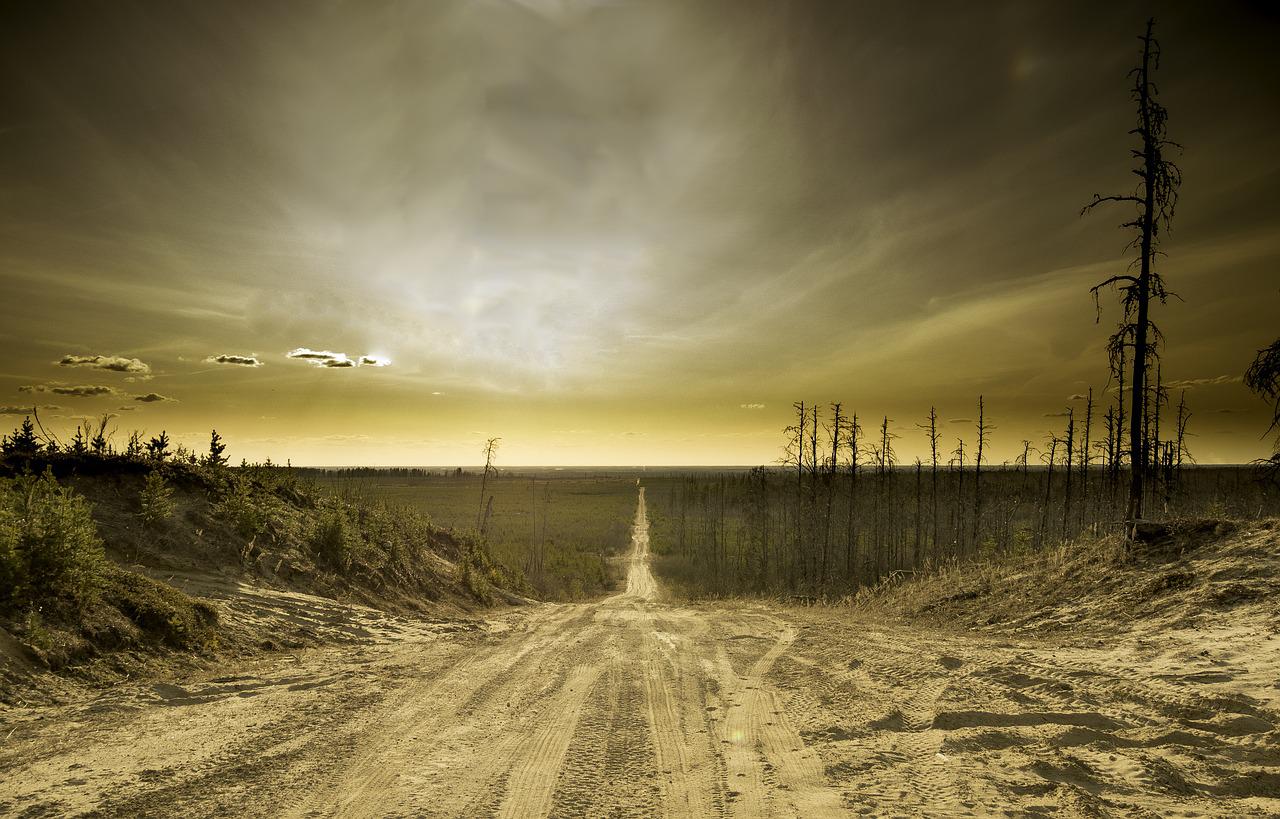The world faces a triple apocalypse: the Russian invasion of Ukraine, the huge unnecessary loss of life and the disastrous prospect of a limited ‘tactical’ nuclear war; the COVID-19 pandemic that has been responsible for the deaths of nearly 6.5 million people; the global ecological crisis with massive biodiversity loss, species extinction, and 1000-year exceptional floods and megafires. These are existential crises that global youth now face on a daily basis. In 2019, 1.6 billion children, nearly 70% of all children, were living in a conflict-affected country, 426 million were living in an actual conflict zone, and 71 million under 5-year-olds had spent their entire lives in conflict zones. COVID-19 has been responsible for the deaths of thousands of children and youth, with hundreds of millions affected by the economic, social and mental consequences of the pandemic. The global ecological crisis means that our students now live in a systematically downgraded world environment exposed to rising temperatures and sea levels, biodiversity extinction, and the severe depletion of natural resources like fresh water and air. If we were trying to measure the effects of this triple apocalypse, we might grade our first global civilisation in terms of its ‘humanity’ as a catastrophic failure of monumental proportions. The failure itself is a failure of humanity, of imagination and of action. It is also a failure of world governance. It is an extraordinary facet of collective irrationality that some 7.9 billion human beings – global humanity on planet Earth – can go on living normal lives facing such global systemic risks. Can we go on much longer waiting for the full effects of these existential risks or pretending that they do not exist – a kind of collective delusion and irrationality that depends on weighing up individual risk and their chances for survival. These global risks, while systemic, are not evenly distributed. They affect women and children disproportionately, immigrants and refugees, those in the global South who face daily hunger, and many other minority groups even in ‘advanced’ western countries that experience systemic inequality.
The triple apocalyptic risk only highlights the current constellation of risk events. There are many such risks that overlap one another, sometimes colliding with immediate or far-distance effects or consequences for the planet. These risks and their associated discourses often coalesce and magnify one another, sometimes as a lens or perspective and sometimes as an obfuscation or conspiracy (Figure 1). This list does not mention (except for philosophy) the academic resources in the physical, life and social sciences or humanities that are useful in understanding and analysing systemic global risks, although the relatively new emphasis on systems theory, cybernetics, complexity and ecosystem theory indicates a multidisciplinary curriculum required to tackle these problems in a systematic way. One major problem is the perennial difficult relationship between science and public policy and world action.
The nature of global systemic risk is now well known for the generations that grew up during the Cold War era after Hiroshima, Nagasaki (though not Berlin), nuclear testing in the Pacific, the tragedies of Chornobyl and Fukushima, dominated by anti-war and peace education – anti-Vietnam protests – during the early decades of the Cold War. Most of us were informed through independent media calculated the risks of ‘mutually-assured destruction’ and existing under the shadow. The beginnings of a global consciousness took the forms of eco-awareness and New Age movements that aimed at aspects of planetary spiritual and political awareness. The mystical element associated with a shift in consciousness came through a radical convergence of humanistic and transpersonal psychology combined with Eastern religious philosophies, a Gaia hypothesis of the ancestral mother of all life, and a multi-level critique of industrial capitalism with its dependence on coal, oil and gas, its rapaciousness, its alienated labour, and its savage inequalities. There is a strong interpretation of a broadly Left spiritual politics firmly tied to peace, ‘development’ and equality in an age of state redress and apology, compensating for the ongoing genocides of colonial histories – anchored in an understanding of the equal moral worth of all individuals or souls in the name of God or the nation.
The nature of global systemic risks has shifted in a hyperglobalised world of multilateral powers and institutions built on increasing trade and global value chains, where there is no longer a sole superpower, no one state or agency that is in charge. The world consists in a complex of interconnected global and planetary systems that are evolving, dynamic, interlocked and determining. The extent to which these systems influenced each other introduces a level of complexity and stability. The Earth’s physical, climate and biological systems are co-determining of global economic, social and political systems associated with advanced globalisation, after the global Silk Road, European colonialism, British and American imperialism, and western neoliberalism. While an understanding of the physical systems and biological systems has been aided through the theoretical development of systems and complexity theories, the economic, cultural and political systems seem less open to scientific analysis and prediction. On the one hand, AI and machine learning technologies offer promising applications to agriculture and the environment; on the other, they pose an existential risk to human freedom and control. As many critical theorists since Heidegger, Ellul, Illich, Marcuse and McLuhan have pointed out, technology (and increasingly, digital technologies) pose many dangers threatening surveillance, forms of consciousness and participation in our own control.
With the increasing interdependence of societies, social scientists have focused on new threats of systemic instability and fragility that come with globalisation and the emergence of a global system comprised of sets of interactions among tightly coupled overlapping networks that affect increasing flows of trade, capital, information, services and people in a growing digital economy that depends upon interconnectivity. Such an understanding demands an understanding of global risk in terms of systems theory, complexity and network analysis, together with new methodologies that define and map the source and nature of global risk and strong interdisciplinary empirical case studies.
Above all, this calls for a systems-based curriculum and a study of the interactions and collisions of interlocking systems, especially where physical and biological systems impact on life and social systems, as well as a better understanding of the collapse of systems, the differences between physical and social or civilisational collapse, and a more sophisticated understanding a host of ecosystem concepts – community, network, environment, emergence, tipping point, resilience, coevolution – that help to identify the growing interdependencies between technology, communication, and the symbolic economy and their disruptions, as well as the related growing political instabilities in a multipolar world. Forced migrations due to war or conflict war together with refugees fleeing war, famine or natural disasters is a consequence of globalisation that intensify geopolitical tensions in a world witnessing the decline of the west and the rise of Asia with an increasing number of people, nearly 80 million people, forcibly displaced in war-torn areas like Syrian, Afghanistan, South Sudan and the Democratic Republic of Congo.
This generation has grown up in an era of impending environmental catastrophe and ecosystem collapse, where the probability of disaster linked to the accumulation of greenhouse gases and an uneven geographical distribution of territorial damage is posing difficulties for the social and economic analysis of large-scale risks and possible irreversible environmental damage. Susan Park argues, ‘We are at a critical juncture in human history,’ referring to the latest Intergovernmental Panel on Climate Change (IPCC) assessment, adding ‘Not only are we changing the climate, but human activity is also changing the rate and type of environmental disasters’ (p. 1). ‘The 21st century will be more disaster-prone. More extreme weather events are likely. Our consumption and production patterns are changing the earth systems.’ She cites Wiedmann et al., which suggests that ‘[t]he affluent citizens of the world are responsible for most environmental impacts and are central to any future prospect of retreating to safer environmental conditions.’ The transition to sustainability requires limits to consumption but faces ‘the structural imperative for growth in competitive market economies inhibits necessary societal change.’ The fragility of financial markets and the world’s architecture for trade exchange and facilitation requires attention to the Global Financial Crisis and mounting difficulties of mass personal and country debt default.
Apocalyptic narratives structure a western concept of history and historicity as strictly linear when tied to a conclusive end of human history and a rush toward catastrophe, predicted by astrophysics as a possible asteroid impact or the end of the sun a billion years hence. There is no universal history, but there is a history of the planet and an acceptance that apocalyptic thinking may also signal a new age or possible rebirth – resilience, restoration, rehabilitation – of the planet. The post-apocalyptic survival requires a new awareness of community as ecosystem and of working together rather than savage and crass individualism based on ego-politics. The new philosophy is interconnectivity, relational and getting on with one’s neighbour, even if they hold opposing views. It points to the critical eco-regionalism that protects fresh water, the integrity of the food web, the fight against biodiversity loss, and the democratisation of sustainability goals and practices that harnesses the marriage between modern ecological science, indigenous knowledge systems and eschatological narratives; although ‘saving the planet’ is also subject to ideological excesses. The problem is how to inspire hope and action without fear or anxiety.
Part of the ecosphere is the West/East and North/South polarities of world systems and the continuation of Cold War politics that is leading to a new stage of the proliferation of nuclear weapons and missile systems, the Russian invasion of Ukraine and the standoff with NATO, the trade and tech wars between US and China and the militarisation of the China South Sea and the wider Pacific. The US Indo-Pacific Command headquarters in Hawaii already consists of 200 ships, five aircraft carrier strike groups, nearly 1,100 aircraft, and approximately 375,000 US military and civilian personnel, now regrouping or ‘rebalancing’ its forces and expanding its bases in the ‘pivot’ of US foreign policy designed to counter China as a rising world power and its acquisition of Pacific bases. How the west responds to the rise of China and the Asian century (China, followed by India, ASEAN, Eurasia) will, in large measure, determine the new mentality – Cold War or world digital interconnectivity. The new AUKUS pact to equip Australia with twelve nuclear submarines might be considered a provocation, especially if it becomes the basis for a demand to be a nuclear power, or it may be considered legitimate military modernisation in response to uncertainty.
Educational philosophies of post-apocalyptic survival require a new consciousness that understands the complex interplay of physical, biological, economic and political systems and the new interdependencies. These philosophies must employ all kinds of intellectual resources based on concepts and theories drawn from many different disciplines to analyse and understand intersecting systems – their overlap and collision – that will shape the horizon within which humans will determine their post-apocalyptic survival or its catastrophic extinction.




